The Irish Famine and Dear Old Skibbereen
Are you familiar with the Irish Famine of the mid-1800s - sometimes known as "The Great Hunger? Today we talk about a poignant Irish famine memorial.
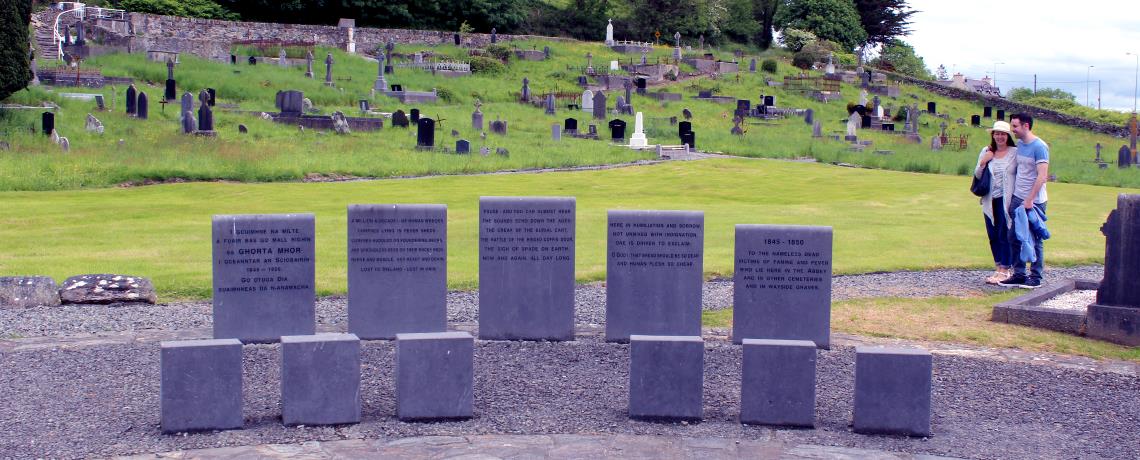
This is a very different sort of letter today. My original plan was to talk a little about the pattern of emigration from Ireland over the last 300 years—and how that has been so linked to climate and harvest failures. But, sometimes feelings overtake facts.
As I went through much of the wonderful literature—especially the “Atlas of the Great Irish Famine“—a single photograph jumped out. It was a picture from 2009. In it, the children of a local school, about 80 in total, linked hands around a small green plot in Abbeystrewery cemetery in Skibbereen. They looked like a red daisy chain against the vibrant green of the well-mown plot.
However, buried under that small plot were between 8000 and 10,000 famine victims—dead from hunger and disease. You really cannot separate feelings from facts when you look at such a picture. My own great-grandparents are buried in this cemetery. Their mothers and fathers would have been alive at the time of these burials. Perhaps yours were too.
As you look at the famines and crop failures of the 1700s and the 1800s which drove so many of the population of this island to so many corners of the world—you start to notice the pattern of rent-racking, eviction and land-grabs that amplified these terrible natural disasters so much more. First, the Ulster Scots left their smallholdings in their hundreds of thousands for the colonies and later the Gaelic Irish left in even greater numbers.
It becomes very difficult to articulate the feelings that well up inside. So, it’s time to stop. I’ll give up on my own words now and turn to the lyrics of the 19th century folk song “Skibbereen”:
Oh father dear, I oft-times hear you speak of Erin’s isle,
Her lofty hills, her valleys green, her mountains rude and wild,
They say she is a lovely land wherein a saint might dwell,
So why did you abandon her, the reason to me tell.
Oh son, I loved my native land with energy and pride,
Till a blight came o’er the praties; my sheep, my cattle died,
My rent and taxes went unpaid, I could not them redeem,
And that’s the cruel reason why I left old Skibbereen.
Patrick Carpenter

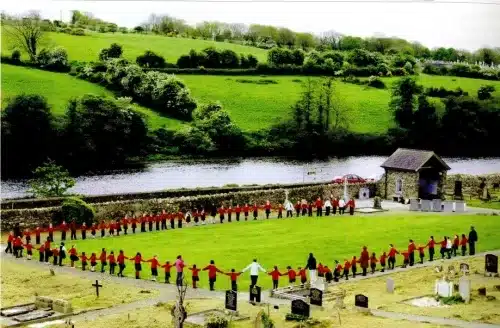
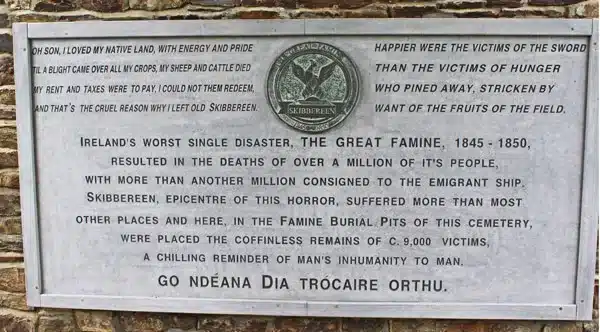
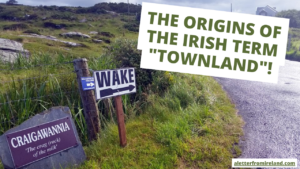



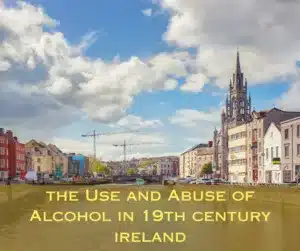

Only Plus Members can comment - Join Now
If you already have an account sign in here.